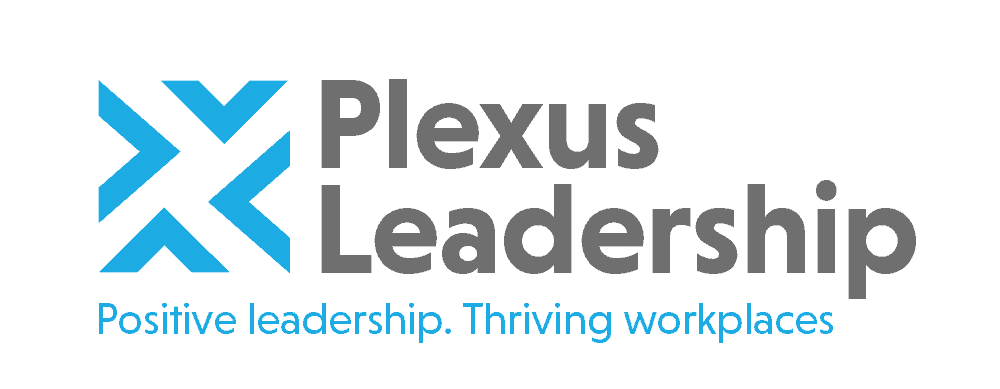When used effectively, feedback is a powerful tool. It can stimulate self-awareness, illuminate, and help overcome weaker areas, reinforce strengths, motivate high levels of effort, and build trust and respect between managers and their people. However, many leaders and managers are still misusing this important tool.
Here are some of the common mistakes we see:
Limiting feedback only to performance reviews
Far too many managers still limit feedback to the performance review once or twice a year. A failure to give regular and timely feedback can be extremely demotivating. However, when this irregular feedback is always critical or negative, it is even more harmful, especially for your top talent. It will be regarded as extremely unfair and demoralising by these people, who work hard all year only to be criticized at the end of the year or performance cycle.
Focusing too much on critical feedback
Feedback can be powerful and motivating when it is provided in a way that takes account of the experience and performance level of employees. For good and great performers, the focus should be on timely and encouraging nudges, praise for noteworthy efforts and achievements and positive feedback to help people optimize their strengths and performance.
To become effective feedback-givers and coaches, managers must learn to tackle their negativity bias and spot successes and strengths. By highlight these in the feedback they deliver, they will see an uptick in commitment, motivation, and performance.
Feedback for these performers should be delivered using a non-judgemental coaching style involving careful observation, listening, and questioning to better understand the person, taking account of their unique strengths, style, and motivations.
Delivering confusing messages to poor performers
During the early part of my career, I was head of employee relations for several companies. In these roles, I learned that giving mixed messages to poor performers simply doesn’t work. The “sandwich approach” to feedback, so frequently advocated and taught by trainers and HR professionals, leads only to prolonged poor performance, wasted time and deteriorating team morale. This occurs because the poor performer generally focuses on the positive parts of the message if it is confusing or ambiguous. To avoid this, managers should be candid and transparent about the performance shortfalls and try to establish the root causes of these through inquiry and listening. It is important that they clarify expectations and put in place a focused short-term improvement plan to try to raise the person’s performance. However, if it continues to fall short, swift action should be taken to deal with the situation in a fair and humane way in line with the company’s disciplinary procedures or ACAS guidelines. You can learn more about how to handle tough feedback conversations here.
Allowing only top-down feedback
Many companies still only accept top-down feedback and discourage other types, including upward feedback. Leaders and managers criticise their people in an autocratic top-down manner, remaining blissfully unaware and unaccountable of their own performance shortfalls, improvement areas and “blind spots”.
The best organizations encourage feedback that is not just top down, but also bottom-up, sideways and diagonal. A broad range of survey-based, informal, and qualitative feedback practices like peer feedback, 360-degree feedback and customer feedback, are commonplace in these companies. Creating an open feedback culture provides managers and employees with opportunities to benefit from multiple perspectives on their performance and style, enabling them to fine-tune these and adapt better to different stakeholders.
Failing to empower employees to own their feedback
To encourage ownership for ongoing growth and performance improvement, employees should be encouraged by their manager and the HR function to invite feedback regularly to learn more about their strengths, weaker areas and blind spots.
Employee-led feedback can be done either informally through feedback and feedforward conversations or more formally using a process defined by HR. Both are recommended and can be supported with online feedback applications and tools to enable more effective collection, analysis and reporting of the feedback.
Good questions for employees to ask include:
• What have I done particularly well?
• What specific changes can I make to improve my relationships?
• What specific changes can I make to improve my performance?
• What can I do differently or more of to make best use of my strengths?
Just like pro athletes, people need objective and robust feedback from multiple sources to learn and improve. Just because feedback is generally a poorly applied tool does not mean it should be thrown out, as some HR and behavioural science authors have suggested without much evidence to back up their assertions.
By addressing the problems outlined above and ensuring managers and employees are adequately trained to implement feedback systems and tools effectively, feedback can significantly boost performance, motivation and trust between the manager and their employees.
Other Posts

About the Author
James Brook
Founder and MD | Leadership Consultant | Organizational Psychologist
James is a leadership consultant, organizational psychologist and executive coach. He has over 25 years’ experience working with leaders, teams and organizations globally to optimize their performance, talent and future success. He specializes in positive leadership, thriving workplaces, collaboration and influencing, organizational change and transformation, accelerating innovation and coaching executives and leaders in innovative sectors including Tech, Digital, E-commerce and Life Sciences.
Before setting up Plexus Leadership, James held leadership roles in HR and Talent Management in the UK and abroad with companies such as NatWest, Yahoo! and Novo Nordisk Pharmaceuticals. After this, he founded and led several talent and leadership consulting and assessment businesses, including Strengthscope®, an online strengths assessment and development business serving a wide range of UK and global clients. James grew this venture into a global market leader before selling the business in 2018.
James has supported, advised and coached leaders and teams globally across diverse industries and geographies. Clients he has worked with include Allen & Overy, Commvault, Equinor, Facebook, GSK, Hilton, John Lewis, Novartis Pharmaceuticals, NHS, Oracle, Sainsbury’s, Swiss Re, Tesco, Takeda Pharmaceuticals, WSP and Yahoo!.
James has a Master’s in Organizational Psychology, an MBA, an Advanced Diploma in Executive Coaching and a Harvard Business qualification in Sustainable Business Strategy. He is a member of the Institute of Directors, the Association of Business Psychologists and a Fellow of the Chartered Institute of Personnel and Development (FCIPD). He is currently undertaking a PhD in Organizational Psychology examining the start-up experiences of Tech and Digital entrepreneurs.
James is a regular contributor and speaker on leadership, coaching, innovative talent management and the future of work. His most recent book, Optimize Your Strengths, explores how leaders can create thriving workplaces by inspiring and supporting people to optimize their potential and teamwork to deliver breakthrough results.





